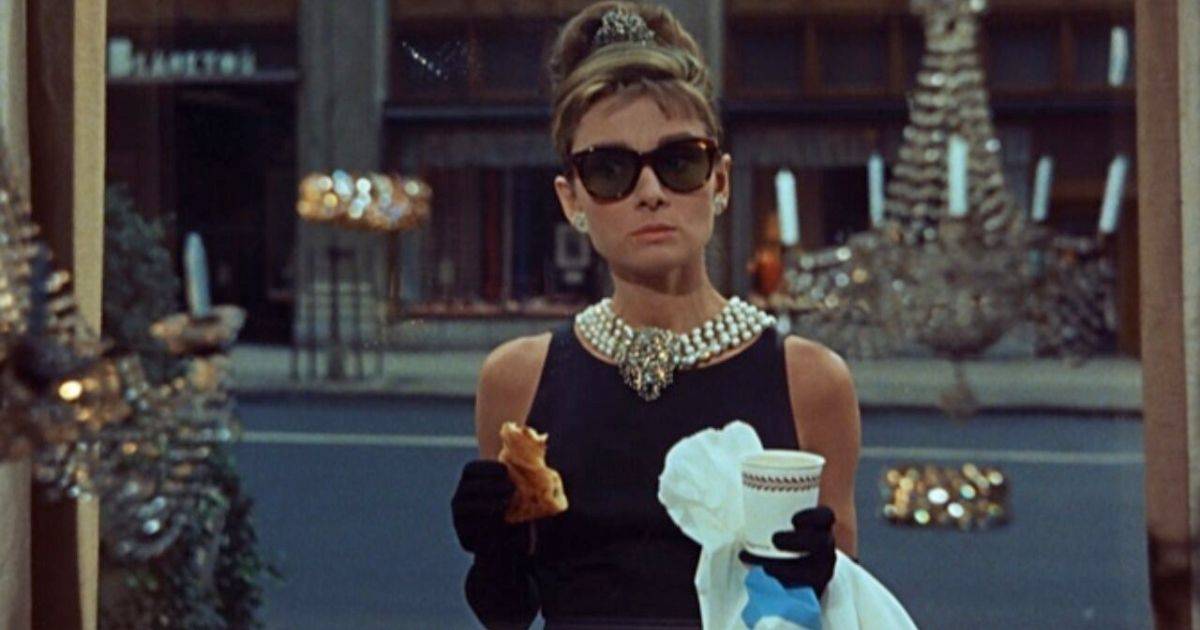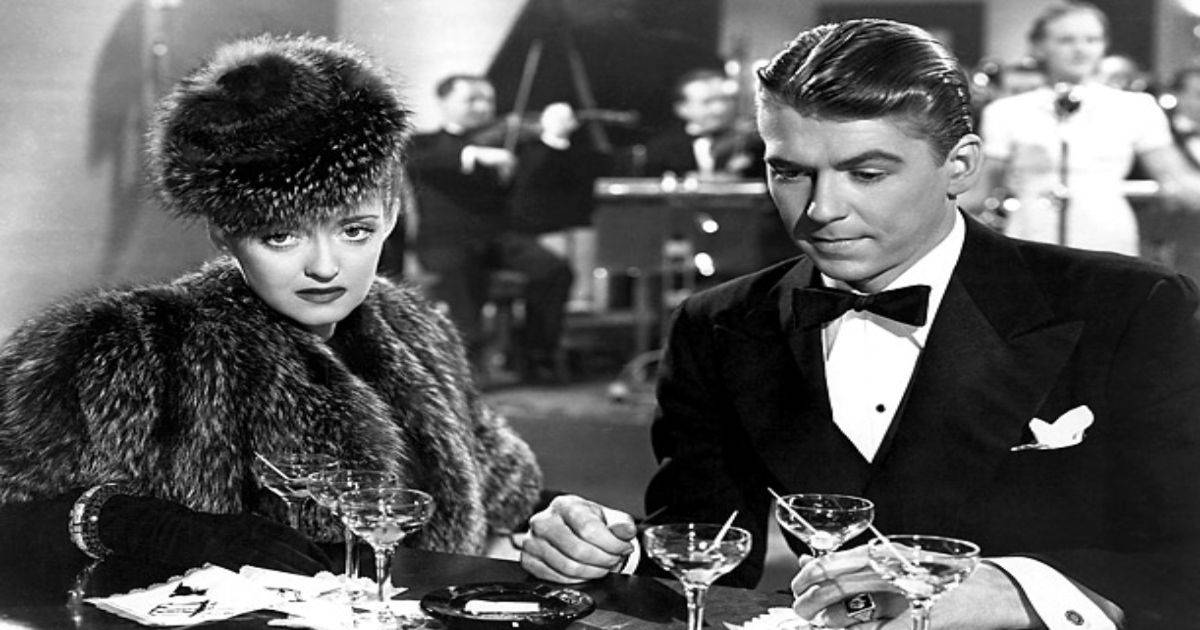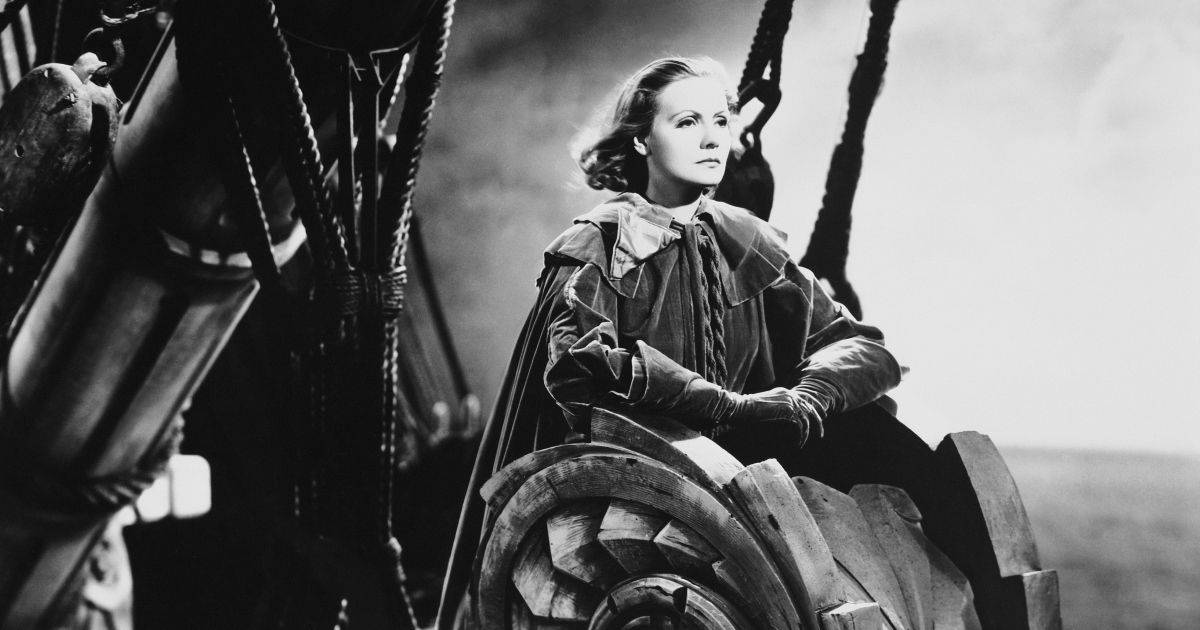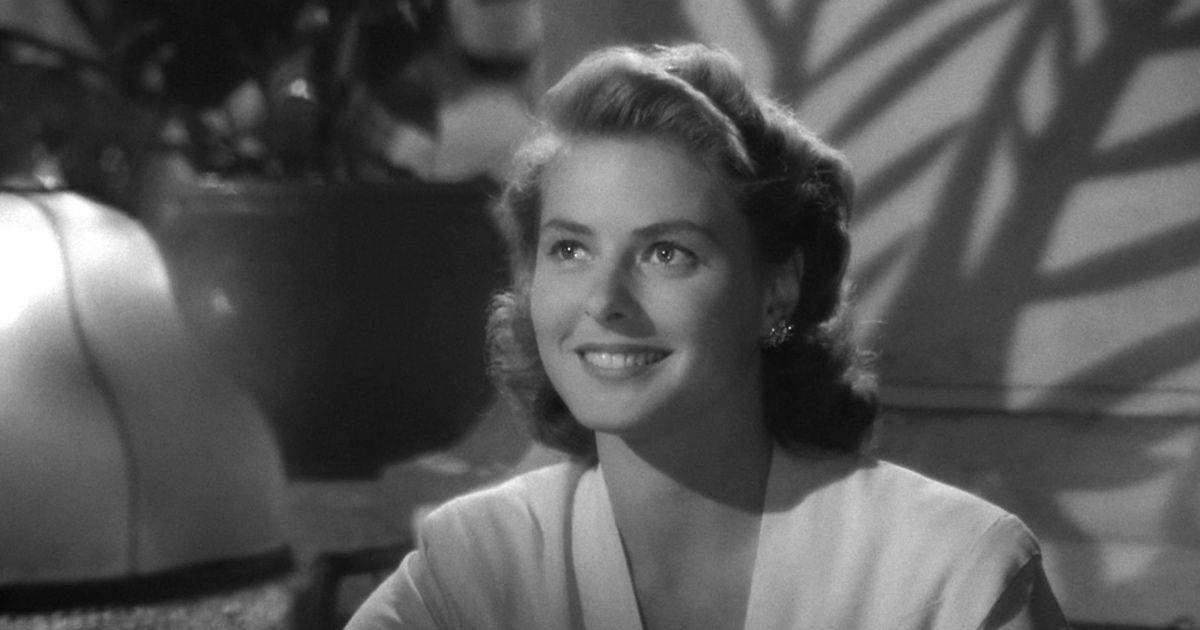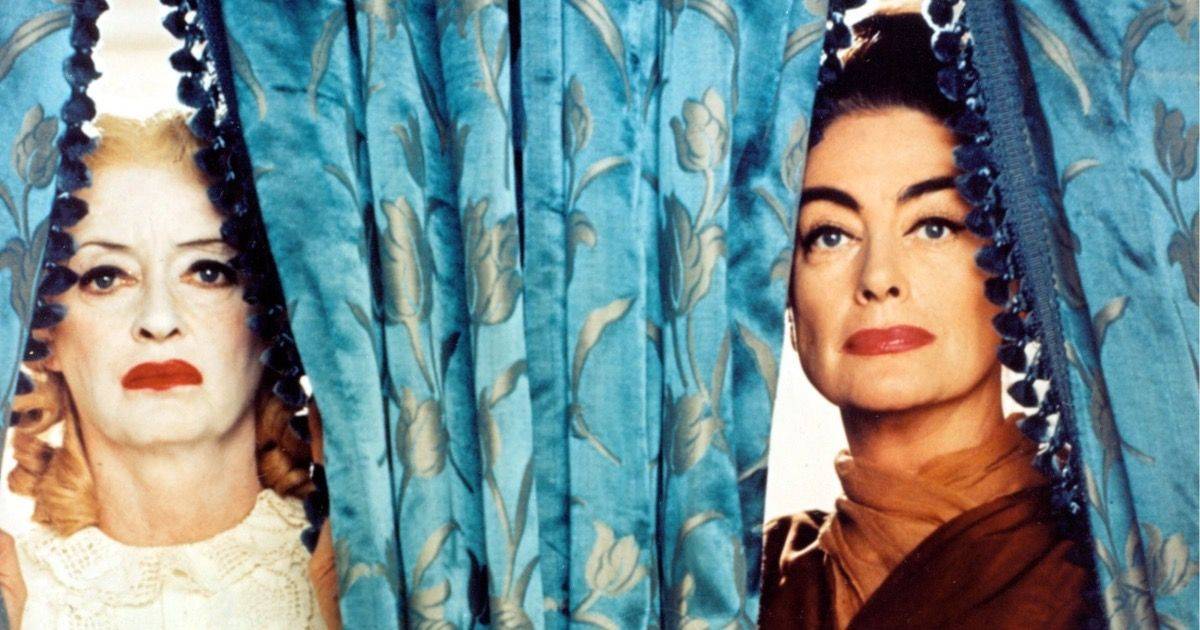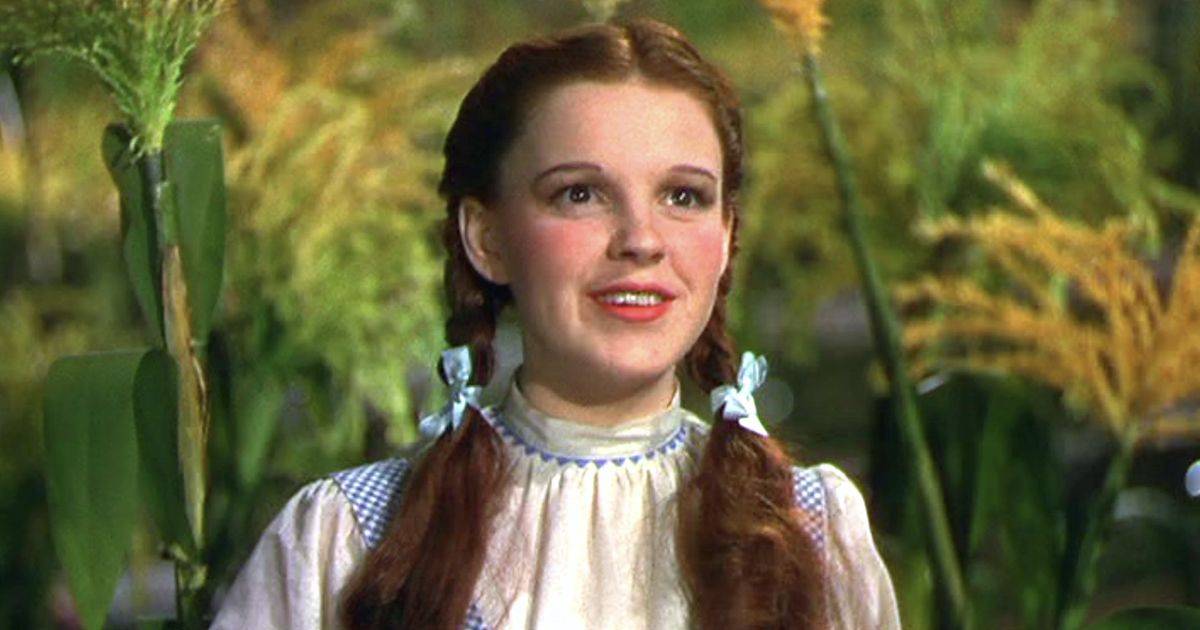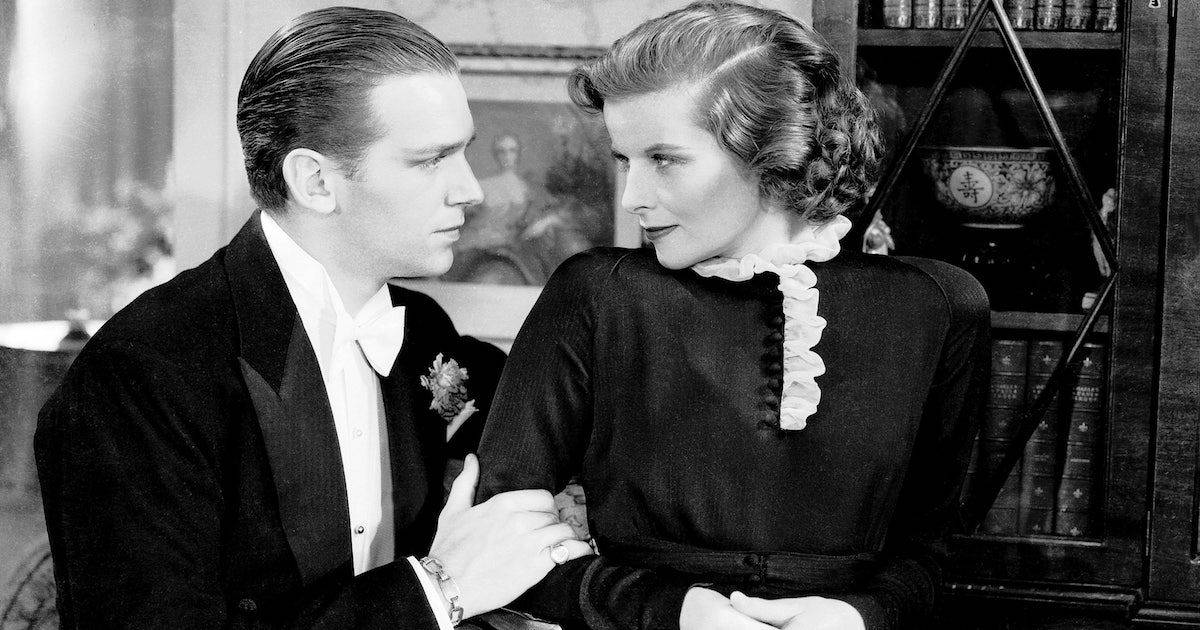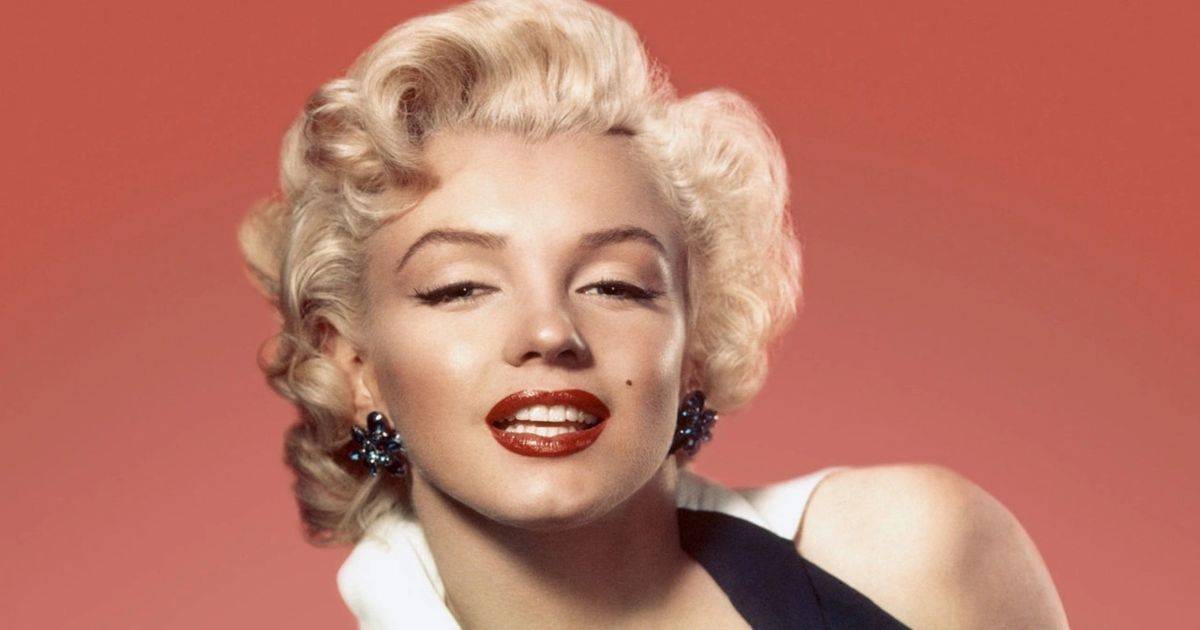Gender inequality was pervasive throughout the 20th century, as it is today (although to a lower level). The film industry, which was predominately governed by powerful men, was a cruel and frequently harsh place. It is understandable that there have been so few women in executive and directing roles in the film, given how Harvey Weinstein’s heinous, predatory actions expose how often the industry is blind to these issues.
These differences also applied to female performers who were commonly stereotypically portrayed as the love interest, continuously sexualized, mistreated, and typically shown as emotionally weak and at the mercy of males by the media. The accomplishments of the American Film Institute’s top 10 best actresses of all time are all the more remarkable when you consider the inherent prejudice of a field that would more often than not work against them rather than for them. The American Film Institute list, which was put together in 1999 and only includes actresses who made their cinematic debut in 1950 or earlier, may be a little out of date, but it’s still a beautifully curated look at some of the most enduring, legendary figures in Hollywood history. Let’s look at this…
Audrey Hepburn
Audrey Hepburn, a film queen known for her grace, elegance, and style, came after Marilyn Monroe to achieve superstardom. Despite the fact that 1961’s Breakfast at Tiffany’s was her career-defining film, it was 1953’s Roman Holiday that garnered her the most critical acclaim, leading to her winning Best Actress at the 1954 Academy Awards. In almost everything she did, including the Stanley Donen masterwork Charade, Hepburn was flawless.
Bette Davis
One of the most honoured actresses of Hollywood’s Golden Age, Bette Davis took her name from the novel by Honoré de Balzac, La Cousine Bette. The Death on the Nile performer, who was nominated for a then-record-breaking 10 Oscars, won two for her roles in the 1935 film Dangerous and the 1938 film Jezebel. With Whatever Happened to Baby Jane? and the subsequent, underappreciated movie The Whales of August, she experienced a similar career comeback as Crawford. Davis performed in 99 movies, which is more than most actors, and he was excellent in almost all of them.
Elizabeth Taylor
Elizabeth Taylor, who was born in London to American bourgeoisie parents like Judy Garland, was thrust into the MGM spotlight at a young age. Taylor had already made five film appearances by the time she was 12 and was starting to get some notoriety in Hollywood. She had plans to leave MGM for fresh opportunities in the late 1950s and early 1960s after getting bored of the demanding schedule the studio put on her and hating many of the movies she was cast in. But until a few years later, in the movie Battlefield 8, did Taylor go on to win her first Academy Award for Best Actress. She then repeated the feat in 1967. Taylor was a fiery, commanding presence in all of his roles, from Cleopatra to Who’s Afraid of Virginia Woolf?
Greta Garbo
Greta Garbo, a native of Stockholm, emigrated to Los Angeles in the 1920s in search of the illusive American Dream, with the temptation of playing the lead in an MGM movie playing a significant role in her decision. Beginning with silent films, Garbo transitioned to sound and became known as a master actress between 1930 and 1954. She became recognised as one of the finest actors of all time thanks to her performances in Ninotchka, Grand Hotel, Anna Karenina, and Queen Christina, among other films. Garbo withdrew from acting before the year turned in 1954, doing something that very few actresses do: quitting while they’re ahead.
Ingrid Bergman
Ingrid Bergman was born and raised in Stockholm, Sweden, just like Greta Garbo, but she achieved her big break in Hollywood much later than Garbo. Humphrey Bogart and Bergman costarred in the 1942 film Casablanca, which earned Bergman a nomination for the AFI Hall of Fame.
Bergman had three Academy Award nominations for her outstanding work in the 1974 movie Murder on the Orient Express, Anastasia, Gaslight, and she also gave one of the best performances in Notorious and Under Capricorn by Alfred Hitchcock. However, she produced some of her most underappreciated and possibly greatest work when working with her husband Roberto Rossellini on the films Stromboli, Europa 51, Journey to Italy, and Fear.
Joan Crawford
Prior to their discovery of international stardom, Warner Bros. Classic actresses tended to change their Christian names to something more enticing, sensuous, and distinctive. Perhaps only one actress, Joan Crawford, was able to pull off the reverse; in contrast to her birth name, Lucille Fay LeSueur, which was elegant and refined, Joan Crawford was both more straightforward and more reminiscent of an elderly grandmother. Regardless of name, Crawford had a 45-year career as an actor and had extraordinary skill and suppleness.
She was popular in Hollywood because of how easily she could change characters, and in 1945, this helped her win her first and only Best Actress Oscar for the lead part in Mildred Pierce. With the 1960s horror-drama cult classic, Crawford showed everyone just how great she was while being passed over for younger actors by the industry. What happened to Baby Jane, exactly?
Judy Garland
The 2019 movie Judy, which gave Renée Zellweger her first Best Actress Oscar, recently focused on Judy Garland (an achievement the real Judy Garland never reached). However, no single movie could completely capture what Garland accomplished and her skill.
Garland, who played Dorothy Gale in The Wizard of Oz, first appeared in movies when she was just 13 years old. She also starred in Pigskin Parade and La Fiesta De Santa Barbara, but her breakthrough role as Dorothy Gale is what gave her worldwide fame. With movies like Easter Parade, A Star Is Born, and Meet Me in St. Louis, she continued to use the vibrancy of her talent to make already excellent movies even better.
Katharine Hepburn
Despite being the American Film Institute’s choice for best actress of all time and being second chronologically on this list, Katherine Hepburn was a true iconoclast. When looking at her extensive list of accolades and filmography, it is both understandable and perhaps a little expected that she would receive such high praise.
With four wins between 1934 and 1982, for Morning Glory, Guess Who’s Coming to Dinner, The Lion in Winter, and On Golden Pond, the African Queen actress holds the record for the most Academy Award wins for Best Actress. Hepburn was a true trailblazer who personified the image of a strong-willed, independent woman. This attitude was brilliantly employed in classic comedies like Bringing Up Baby and her repeated collaborations with Spencer Tracy (Adam’s Rib, Woman of the Year).
Marilyn Monroe
Following the critical and financial failure of the Netflix original film Blonde last year, which made many promises but delivered very little in terms of describing the stormy events in Marilyn Monroe’s life, the star continues to be a mystery. The blonde bombshell was a crucial part of 1950s iconography and an insatiable screen presence who, in her very brief career, appeared in just under 30 movies, including Some Like it Hot, The Seven Year Itch, Gentlemen Prefer Blondes, and The Seven Year Itch.
Marlene Dietrich
The German actress Marlene Dietrich, an ardent anti-fascist with high moral standards who is most known for her World Conflict Two humanitarian work, notably donated her full salary for the film Knight Without Armor to refugees fleeing war in Europe. Even though she was only ever nominated for one Academy Award, Dietrich left an indelible mark both as an entertainer and a humanitarian. Dietrich never stopped being brilliant, from early masterworks like The Blue Angel and Shanghai Express to later classics like Touch of Evil and Witness for the Prosecution.


